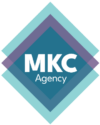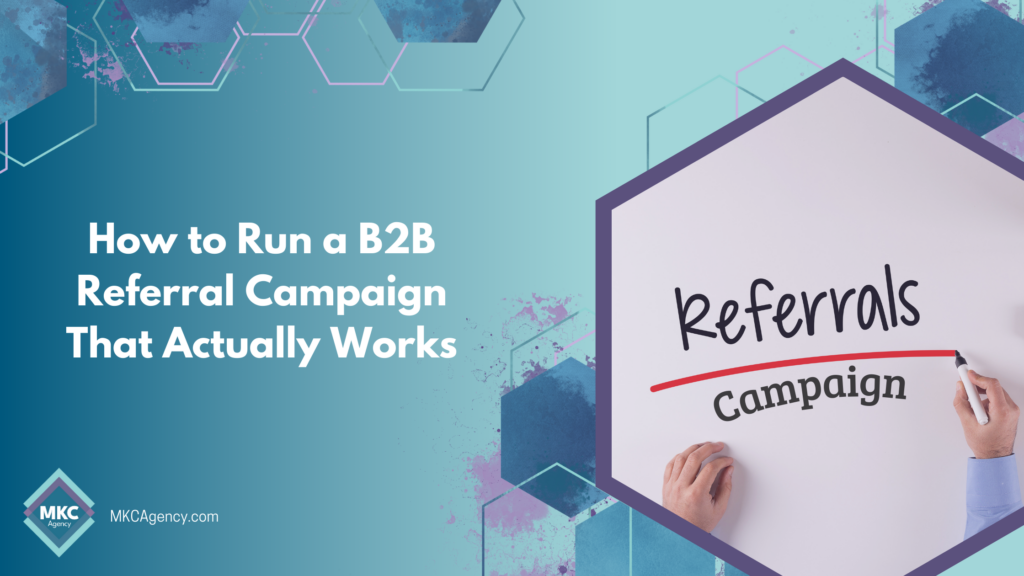In B2B marketing, trust is currency – and nothing builds trust faster than a solid referral. Whether you’re selling SaaS, IT services, or managed solutions, a well-executed referral campaign can be one of the most cost-effective ways to generate high-quality leads.
But here’s the truth: most B2B referral campaigns fail because they’re either too vague, too complicated, or offer incentives no one cares about. Let’s fix that. Here’s how to design and run a referral campaign that gets your happy clients talking and new prospects knocking.
Step 1: Define Your Goal and Audience
Start by getting crystal clear on the objective. Are you looking to:
- Generate more qualified leads?
- Expand into a new industry vertical?
- Shorten your sales cycle?
Once your goal is set, identify the clients most likely to refer you. Focus on your most satisfied, engaged customers who know the value of your services.
Step 2: Choose the Right Incentive
This is where most campaigns flop. A generic “gift card” isn’t always enough in the B2B world. Tailor your offer based on what actually motivates your clients. Consider:
- Exclusive services or upgrades
- Discounts on future invoices
- Co-branded marketing opportunities
- Donations to a charity in their name
Whatever the incentive, make sure it’s easy to understand and valuable to your audience.
Step 3: Craft a Compelling Message
Make it ridiculously easy for your clients to refer you. Provide:
- A simple email or LinkedIn message they can copy/paste
- A landing page with clear instructions
- Talking points that explain what you do and who you help best
Avoid jargon. Keep the message warm, helpful, and clear about what the referrer and the referred contact get out of it.
Step 4: Promote the Campaign
Don’t just send one email and call it a day. Use multiple touchpoints:
- Direct emails from your sales or account managers
- Newsletter callouts
- LinkedIn posts
- In-app notifications (if applicable)
- Personal phone calls to key clients
Reminder: B2B referrals are often built on relationships—don’t be afraid to make it personal.
Step 5: Track and Automate
You can’t manage what you don’t measure. Use tools like:
- Referral tracking platforms (ReferralCandy, PartnerStack, or custom CRM setups)
- UTM links to monitor where leads come from
- Automated workflows to follow up with referrers and new leads
Transparency is key—make sure participants know the status of their referrals and rewards.
Step 6: Recognize and Reward
The incentive is only part of the reward. Publicly thank and spotlight your top referrers:
- Feature them in your newsletter or on LinkedIn
- Send personalized thank-you gifts
- Give early access to new features or services
It’s not just about the transaction—it’s about showing appreciation and building loyalty.
Common Mistakes to Avoid
- Overcomplicating the process
- Offering one-size-fits-all rewards
- Ignoring your top brand advocates
- Failing to follow up with referrals promptly
A B2B referral campaign doesn’t have to be flashy to be effective. It just needs to be clear, relevant, and genuinely valuable. By focusing on strong relationships, thoughtful incentives, and strategic promotion, you can turn your best clients into your most powerful marketing engine.
Need help designing a referral campaign that works? MKC Agency helps B2B businesses build ethical, results-driven marketing strategies. Let’s turn your client love into qualified leads.

